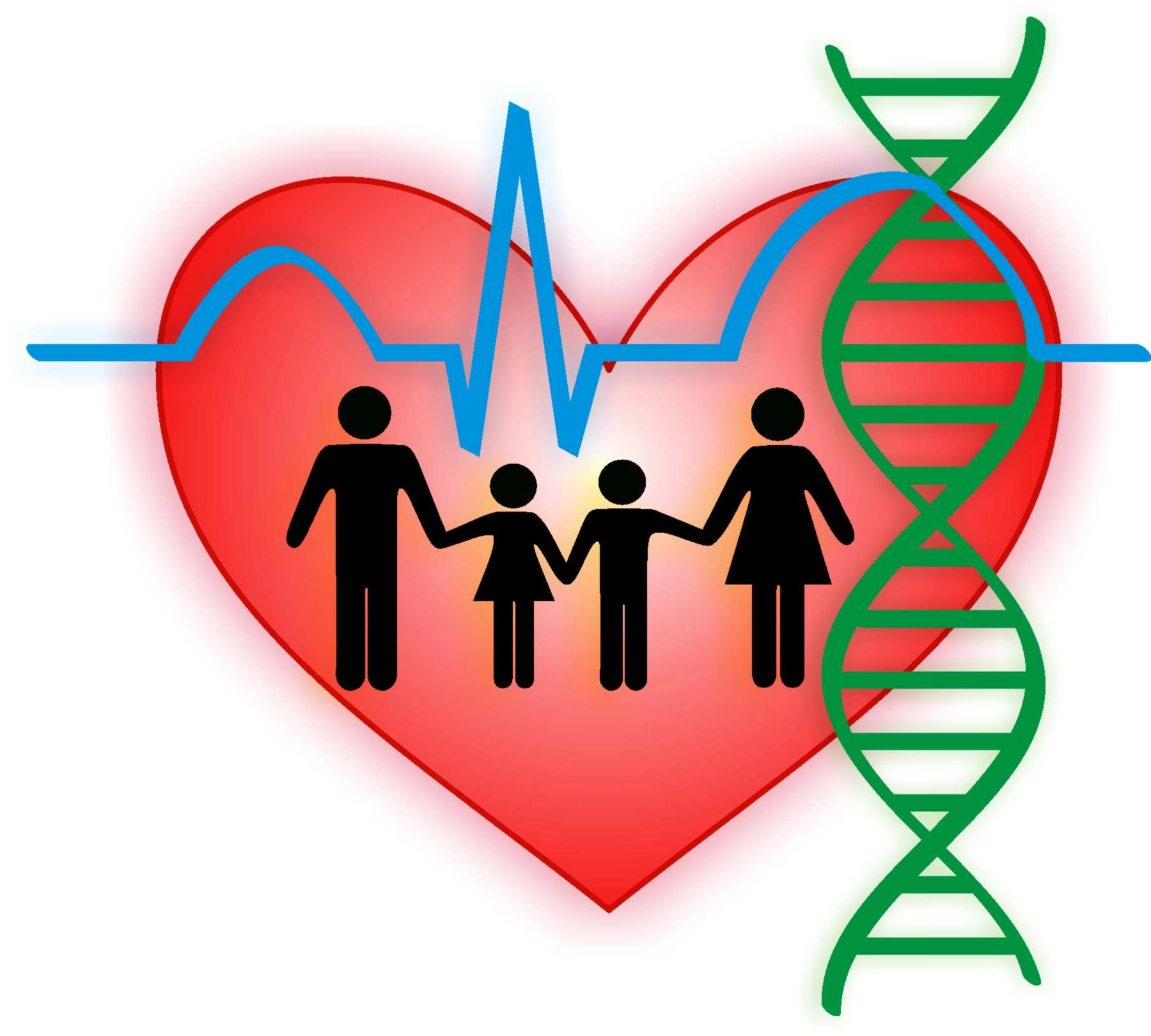Consanguineous marriage
Marriage is the basic for the formation of society, and a healthy marriage protects the family from genetic diseases, and this contributes to a happy and healthy family and giving birth to healthy children.
Consanguineous marriage is a union between two individuals who are related as second cousins or closer.
Consanguineous marriages are common globally and constitute an estimated 10.4% of all marriages worldwide. However, the prevalence of consanguineous marriages varies widely across countries and regions
Consanguineous marriages take place between first cousins and can represent up to 50% of marriages within some communities. The practice of marrying within an extended family has deep cultural and even practical values. Consanguineous unions, particularly if the family is part of a small community or ethnic group, can perpetuate genetic disorders that are rare in the general population
A study published on SpringerLink found that consanguineous marriage is associated with increased risk of congenital physical disabilities, as well as behavioral and mental health problems among consanguineous offspring. Furthermore, mental health problems have been highlighted as being prevalent among women involved in consanguineous marriages.
There are many grades of relatives:
• First cousin: He is the direct cousin of one of the parents
• Second cousin: He is the son of the cousin of one of the parents
• Third Cousin: He is the son of the first cousin of one of the parents or the son of the first cousin.
The closer the degree of relationship the more DNA individuals share. Thus, increases the emergence of genetic diseases.
A genetic disease is defined as a disease that results in a change in the DNA sequence.
Genetic diseases arise because the spouses carry more similar chromosomes between the sperm and the egg, which leads to
chromosomal anomalies and deformities in the embryos
Dominant inheritance and recessive inheritance:
Diseases that depend on dominant inheritance occur when there is a problem in one of the two copies of a particular gene,
i.e. the father or the mother. Therefore, this is considered sufficient to cause the person to develop the disease.
As for cases based on recessive inheritance, it occurs when the problem is found in the two copies of the gene exclusively,
that is, the mother and the father, therefore one mutation is not sufficient to cause the disease.
The problem of recessive inheritance is that each of the parents has one copy of the mutated gene so the disease
is not apparent to them, but when the two copies meet in the child then he gets the disease despite their parents being normal.
Diseases resulting from consanguineous marriage:
- Increases the percentage of diabetes, hypertension and heart diseases
-Increased risk of infant death
-Having a mental disability such as Alzheimer's and dementia.
- disorders in the digestive system
- Sickle cell anemia, which causes red blood cells to break down, leading to infarctions
-Exposure to Mediterranean anemia, which leads to difficulty breathing
- Exposure to polycystic kidney disease that leads to kidney failure and thus continuous dialysis.
-Thalassemia
-Infantile Cerebral Palsy
-Congenital deafness
-Cystic fibrosis
-Spinal muscular atrophy
-Tay-Sachs disease
-Down's syndrome
-Multiple sclerosis
-Parkinson's disease
-Spina bifida.
Consanguineous marriage and its relation to pregnancy:
Increases the risk to:
- miscarriages
-maternal anemia
- preeclampsia
-Vaginal bleeding
- premature birth
-increase in the rate of caesarean sections.
Premarital examination:
To find out the presence of some hereditary blood diseases and some infectious diseases, in order to give advice
about the possibility of transmission of these diseases to the children, and to give alternatives to the fiancés in order
to help them planning for a healthy family.
The premarital medical examination program aims to:
• Reduce the spread of some genetic blood diseases (thalassemia - sickle cell disease) and some
infectious diseases (hepatitis B / C).
• Avoid the social and psychological problems of families with disabled children.
• Reduce the financial burden resulting from the treatment.
Therefore, it is advised to avoid consanguineous marriage, in order to avoid the emergence of genetic diseases in children,
which may turn the family’s life into a hell of suffering.
Dr Najeeb Layyous F.R.C.O.G
Consultant Obstetrician, Gynecologist and Infertility Specialist







 Pregnancy Due Date Calculator
Pregnancy Due Date Calculator
 Chinese Gender Predictor
Chinese Gender Predictor
 Ovulation Calculator
Ovulation Calculator
 IVF Due Date Calculator
IVF Due Date Calculator
